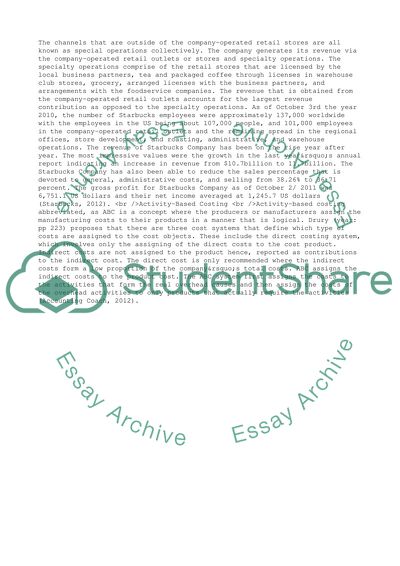Cite this document
(“Activity-based costing: Starbucks Company's case Essay”, n.d.)
Retrieved de https://studentshare.org/management/1394739-activity-based-costing-starbucks-companys-case
Retrieved de https://studentshare.org/management/1394739-activity-based-costing-starbucks-companys-case
(Activity-Based Costing: Starbucks Company'S Case Essay)
https://studentshare.org/management/1394739-activity-based-costing-starbucks-companys-case.
https://studentshare.org/management/1394739-activity-based-costing-starbucks-companys-case.
“Activity-Based Costing: Starbucks Company'S Case Essay”, n.d. https://studentshare.org/management/1394739-activity-based-costing-starbucks-companys-case.


